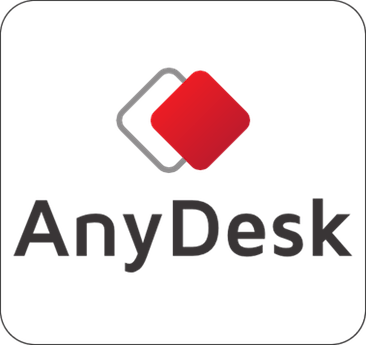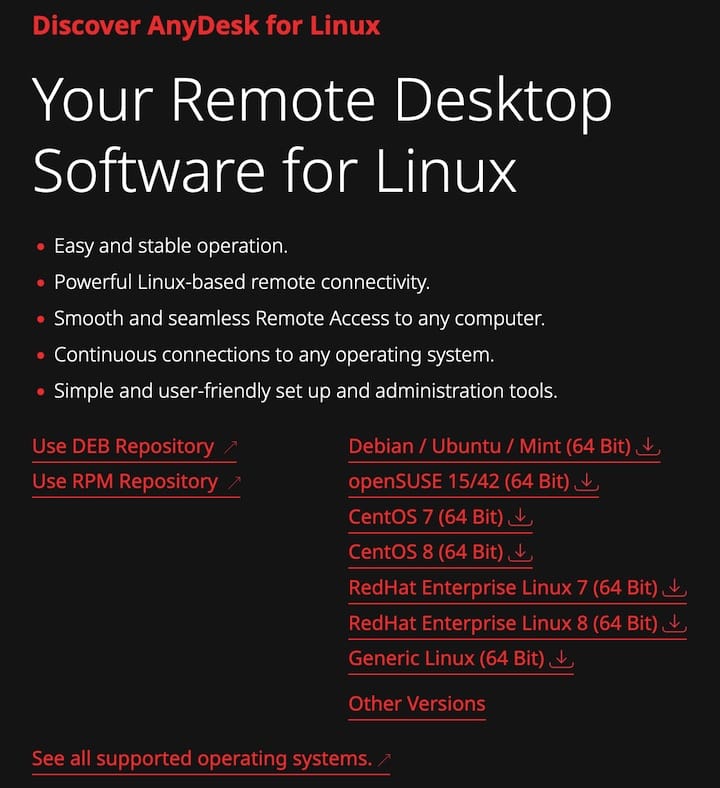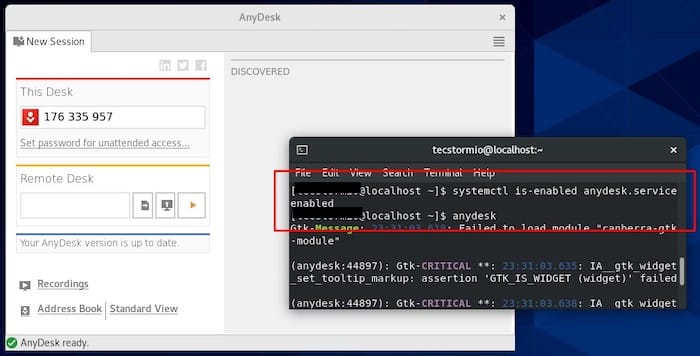How To Install AnyDesk on openSUSE

In today’s interconnected world, remote desktop software has become an essential tool for both personal and professional use. AnyDesk, a popular remote desktop application, offers a seamless solution for accessing computers from anywhere. This article will guide you through the process of installing AnyDesk on openSUSE, a powerful and flexible Linux distribution. Whether you’re an IT professional managing multiple systems or a home user looking to access your computer remotely, understanding how to install and use AnyDesk on openSUSE can significantly enhance your productivity and flexibility.
What is AnyDesk?
AnyDesk is a remote desktop software that allows users to connect to computers and mobile devices from anywhere in the world. It stands out for its speed, security, and ease of use. Some key features of AnyDesk include:
- Low latency connections for smooth remote control
- End-to-end encryption for secure data transfer
- Cross-platform compatibility, including Linux distributions like openSUSE
- File transfer capabilities
- Remote printing
- Custom branding options for businesses
Compared to other remote desktop solutions, AnyDesk offers advantages such as a smaller file size, lower bandwidth requirements, and a more user-friendly interface. Its compatibility with openSUSE makes it an excellent choice for users of this Linux distribution who need reliable remote access capabilities.
Prerequisites for Installing AnyDesk on openSUSE
Before proceeding with the installation of AnyDesk on your openSUSE system, ensure that you meet the following requirements:
- An openSUSE system (Leap or Tumbleweed)
- Administrative (root) access to your system
- A stable internet connection
- At least 100 MB of free disk space
- Updated system packages
To prepare for the installation, it’s recommended to update your system packages. Open a terminal and run the following command:
sudo zypper refresh && sudo zypper updateThis will ensure that your system has the latest package information and updates, reducing the likelihood of compatibility issues during the AnyDesk installation process.
Methods to Install AnyDesk on openSUSE
There are three primary methods to install AnyDesk on openSUSE: using the official AnyDesk repository, using the RPM package, or building from source. We’ll explore each method in detail.
1. Using the Official AnyDesk Repository
Installing AnyDesk using the official repository is the recommended method as it ensures you always have access to the latest version and simplifies the update process.
- Add the AnyDesk repository:
sudo zypper addrepo https://download.anydesk.com/linux/opensuse/anydesk-stable.repo - Refresh the package lists:
sudo zypper refresh - Install AnyDesk:
sudo zypper install anydesk
This method automatically handles dependencies and integrates AnyDesk with your system’s package manager, making future updates straightforward.
2. Using the RPM Package
If you prefer to download and install the RPM package directly, follow these steps:
- Download the RPM package from the official AnyDesk website:
wget https://download.anydesk.com/linux/anydesk-6.2.0-1.x86_64.rpmNote: Replace the version number with the latest available version.
- Install the RPM package:
sudo zypper install ./anydesk-6.2.0-1.x86_64.rpm
This method may require manual updates in the future, but it allows you to have more control over the version you’re installing.

3. Building from Source
For advanced users who want complete control over the installation process, building AnyDesk from source is an option. However, this method is more complex and time-consuming:
- Install necessary build dependencies:
sudo zypper install git cmake gcc-c++ libQt5Core-devel libQt5Gui-devel libQt5Network-devel libQt5Widgets-devel - Clone the AnyDesk repository:
git clone https://github.com/anydesk/anydesk.git - Navigate to the cloned directory:
cd anydesk - Create a build directory and navigate to it:
mkdir build && cd build - Configure the build:
cmake .. - Compile the application:
make - Install AnyDesk:
sudo make install
Building from source gives you the latest features and the ability to customize the build, but it requires more technical knowledge and may not receive automatic updates.
Post-Installation Configuration
After successfully installing AnyDesk on your openSUSE system, it’s important to configure it properly for optimal performance and security:
- Launch AnyDesk from the application menu or by typing
anydeskin the terminal. - On first launch, AnyDesk will generate a unique ID for your machine. Note this ID as it’s used for incoming connections.
- Set up a password for unattended access:
- Go to “Settings” > “Security”
- Enable “Unattended Access”
- Set a strong password
- Configure privacy settings:
- Choose whether to allow incoming connections
- Set up a whitelist of allowed addresses if needed
- Customize interface preferences:
- Adjust display settings
- Configure keyboard and mouse behavior
- Set up custom aliases for frequently accessed machines
Remember to regularly review and update these settings to maintain the security and efficiency of your AnyDesk installation.

Using AnyDesk on openSUSE
Now that AnyDesk is installed and configured, let’s explore how to use its key features on your openSUSE system:
Connecting to Remote Devices
- To connect to a remote device, enter its AnyDesk ID in the address bar and click “Connect”.
- If prompted, enter the password for the remote device.
- Once connected, you can control the remote desktop as if you were sitting in front of it.
Managing Connections
AnyDesk allows you to save and organize your connections for quick access:
- Add frequently used connections to your address book
- Create groups to organize multiple connections
- Set custom aliases for easy identification
File Transfer and Remote Control Features
AnyDesk offers several useful features for remote work:
- File Transfer: Easily send and receive files between connected devices
- Remote Printing: Print documents from the remote machine to your local printer
- Text Chat: Communicate with the user of the remote device via text messages
- Session Recording: Record your remote desktop sessions for later review or documentation
Experiment with these features to maximize your productivity when working remotely.
Troubleshooting Common Issues
While AnyDesk is generally reliable, you may encounter some issues. Here are solutions to common problems:
Connection Problems
- Ensure both devices have a stable internet connection
- Check if firewalls or antivirus software are blocking AnyDesk
- Verify that the AnyDesk ID is correct
- Try restarting the AnyDesk service:
sudo systemctl restart anydesk.service
Performance Issues
- Adjust video quality settings to balance performance and quality
- Close unnecessary applications on both local and remote machines
- Check for system resource usage and potential conflicts
Security Concerns
- Regularly update AnyDesk to the latest version
- Use strong, unique passwords for unattended access
- Enable two-factor authentication if available
- Monitor connection logs for any suspicious activity
If you encounter persistent issues, consult the AnyDesk documentation or reach out to their support team for assistance.
Updating and Maintaining AnyDesk
To ensure optimal performance and security, it’s crucial to keep AnyDesk up-to-date:
- Check for updates regularly:
sudo zypper refresh && sudo zypper update anydesk - If you installed via RPM, download the latest version and install it using zypper
- For source installations, pull the latest code and rebuild
Best practices for maintaining AnyDesk include:
- Regularly reviewing and updating security settings
- Keeping your openSUSE system updated
- Monitoring system logs for any AnyDesk-related issues
- Creating backups of your AnyDesk configuration
Congratulations! You have successfully installed AnyDesk. Thanks for using this tutorial for installing the AnyDesk remote desktop application on your openSUSE system. For additional help or useful information, we recommend you check the official AnyDesk website.